What happens after death, according to people who have been there
For March’s Mortal Musings, we’re exploring fascinating stories of near-death experiences.
What do you think happens when we die?
That’s my go-to question at dinner parties. It either clears the room or cracks it open. Either way, it beats small talk, and I find it way more interesting than asking: “What do you do?”
My own answer is a rebuttal: Is death the end of life, or just the end of this life? I believe we mistake death as a medical event when we should see it as a sacred experience. As I’ve come to understand it, death is not the end. Instead, it’s a transformation of consciousness—a passage of energy from one dimension to another—into something much greater. A space so vast and beautiful that earthly language can’t describe it.
Merriam–Webster defines death as: “A permanent cessation of all vital functions: the end of life.” But even that definition admits ambiguity. Adding complexity is the fact that there is actually no agreed-upon scientific definition of life. So how can we define death as the end of life when we don’t even know what life is? Death can mean extinction. Destruction. Transition. Transformation. A passing. A portal.
I’ve come to this understanding of death through my experience in hospice, sitting beside people as they make the transition from one world to another. It’s also what countless people who have had near-death experiences have returned to tell us.
What exactly is a near-death experience? It’s not fainting. And it’s not a dream. These are moments when people are clinically dead, or extremely close to it—and come back to life to tell vivid recollections: tunnels of light, panoramic life reviews, reunions with ancestors, a profound sense of peace, and messages about love, purpose, and connection.
The patterns are too consistent to ignore: the light, the calm, the ancestors, the sense of home. Of course, there are variations. Death is not one-size-fits-all. But there are truths you can only glimpse if you’re willing to look.
These accounts of near-death experiences seem to provide proof of some kind of afterlife. For the skeptics, I say this: Open yourself to the possibility. Lean in with curiosity. Your fear of the unknown may be the very thing standing between you and the deeper meaning you’re searching for.
He was declared dead and zipped into a body bag—then came back to life with a message.
This podcast episode of Spirit Speakers shares one of the most gripping near-death stories I’ve come across. Psychic medium Patty Davis and co-host Judea interview Vincent Todd Tolman, who was clinically dead for over 30 minutes before being miraculously revived. What he remembers from that time defies explanation—and just might reshape your idea of what death really is. He shares the 10 universal truths he was shown on the “other side,” the overwhelming sense of peace and purpose he felt, and why he believes death isn’t the end, but a return. Whether you’re a skeptic, a seeker, or somewhere in between, this one will stay with you. SPIRIT SPEAKERS
Real people. Real deaths. Unreal experiences.
The opening episode of Netflix’s Surviving Death dives headfirst (literally, in the case of a woman whose kayak plummeted off a waterfall) into the world of near-death experiences. Through a series of personal accounts, we meet people who flatlined, floated above their bodies, and found themselves in realms that language can’t quite describe. Their stories are woven with insights from doctors, scientists, and researchers exploring the frontiers of consciousness and unexplainable survival. If you’re NDE-curious (or skeptical), this is a perfect entrypoint into the mystery. SURVIVING DEATH
Lifting the Veil on Near-Death Experiences
If you want to go deeper into the science of NDEs, this 12-minute read from Scientific American is worth your time. It explores the latest research into what happens in the brain during cardiac arrest, what brain scans reveal about consciousness near death, and why some scientists are now questioning the old assumption that brain death = the end. It also touches on negative NDEs, the overlap with psychedelics, and the possibility that these experiences serve some evolutionary—or even existential—purpose. SCIENTIFIC AMERICAN
This neurosurgeon didn’t believe in near-death experiences—until he had one.
Dr. Eben Alexander is a Harvard-trained neurosurgeon who, after contracting a rare form of bacterial meningitis, fell into a seven-day coma. During that time, his neocortex—the part of the brain responsible for consciousness—shut down completely. According to everything he knew as a scientist, he should have experienced nothing. But he returned with vivid memories of a journey through realms beyond this world and an encounter with what he calls the Divine source of the universe.
His book, Proof of Heaven, challenges the materialist view of consciousness and continues to stir debate in scientific and spiritual communities. Whether you believe him or not, it’s become a defining story in the genre PROOF OF HEAVEN
The Buddhist roadmap for what happens after you die.
If you’re looking for spiritual guidance, not just stories, on what happens after death, start here. In Bardo: Interval of Possibility, Khenpo Karthar Rinpoche explains the Tibetan Buddhist view of the dying process and what happens in the bardo—the liminal space between death and rebirth. One reader, Aaron Holm, writes:
“This is the clearest overview of the death process and bardo from a Buddhist perspective. I’ve had my own experience at the edge of death with heart attack and surgery and have coached many who’ve experienced sudden cardiac death. The experiences they share map to the process outlined in this book.” BARDO: INTERVAL OF POSSIBILITY
Fifty years ago, this book started it all.
Before there were podcasts, documentaries, and peer-reviewed studies on NDEs, there was Life After Life. Published in 1975, psychiatrist and philosopher Dr. Raymond Moody coined the term “near-death experience” and brought these private, often taboo stories into public view. His book gathered firsthand accounts from people who had been declared clinically dead—and came back with vivid, life-changing memories of what they experienced on the other side.
Now, 50 years later, his work remains foundational. LIFE AFTER LIFE
We cannot fully describe what lies beyond, but we can listen to the accounts of those who’ve seen it. Their stories are postcards from the edge of existence. If this piece sparked something in you, or if you’ve come across a story that moved you and it’s not listed here, drop it in the comments—I’d love to hear it. And if you’ve had your own near-death experience and feel ready to share, we’d be honored to listen.
— Maura


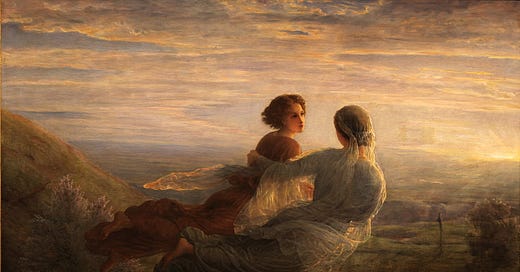



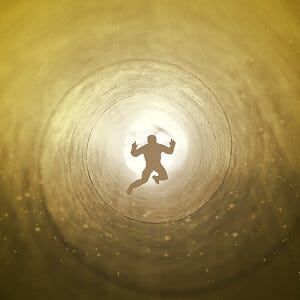
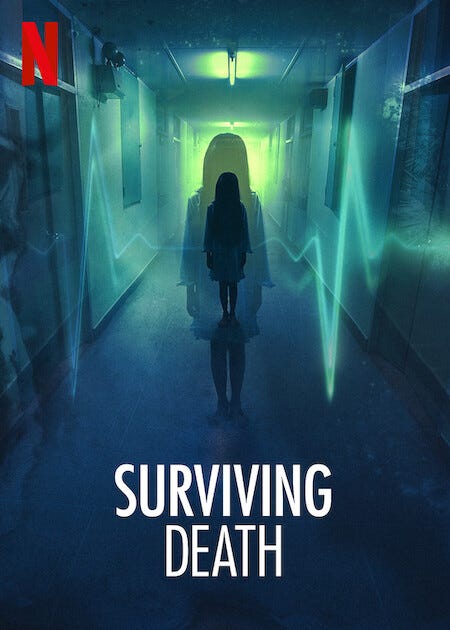
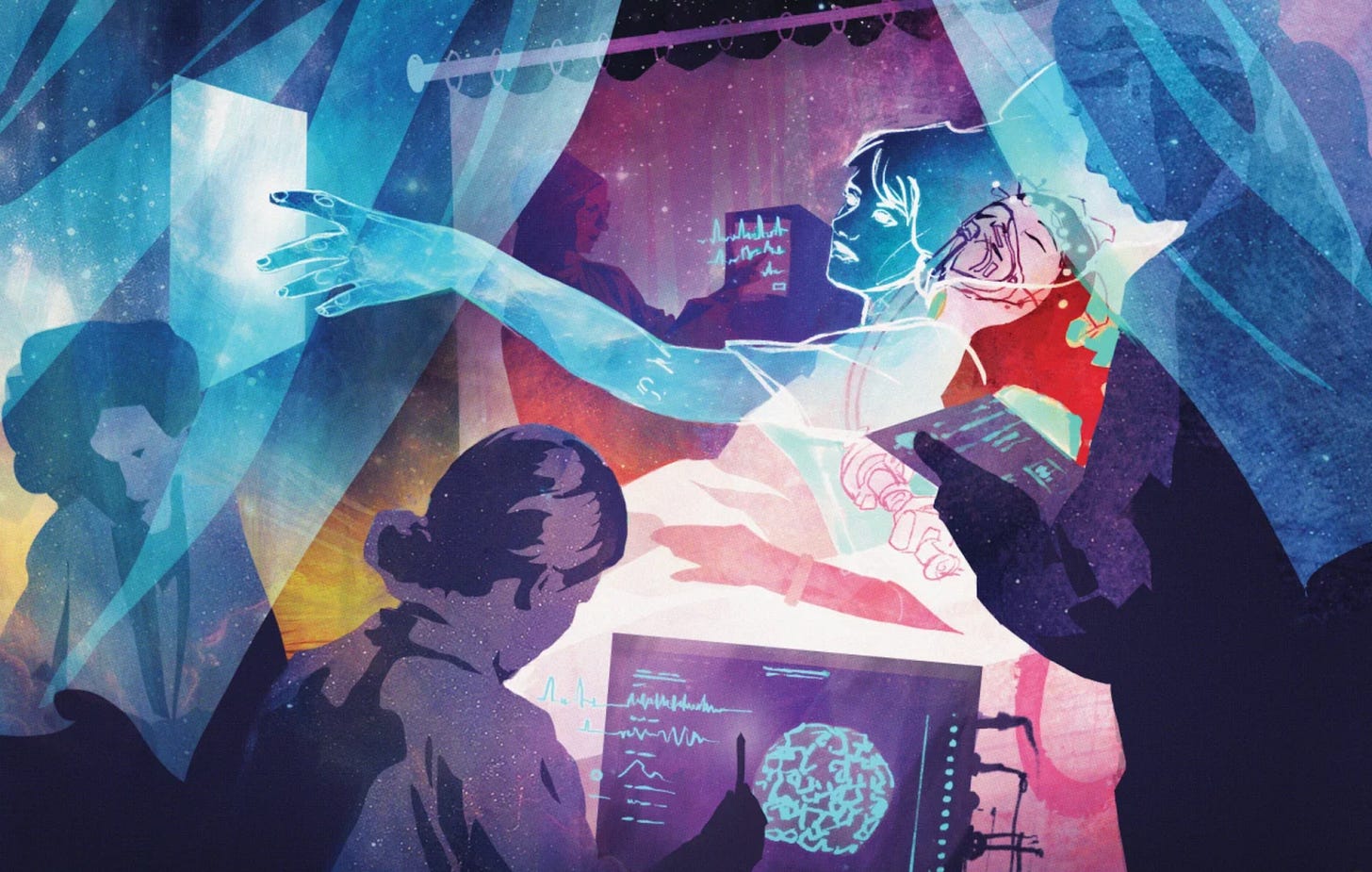
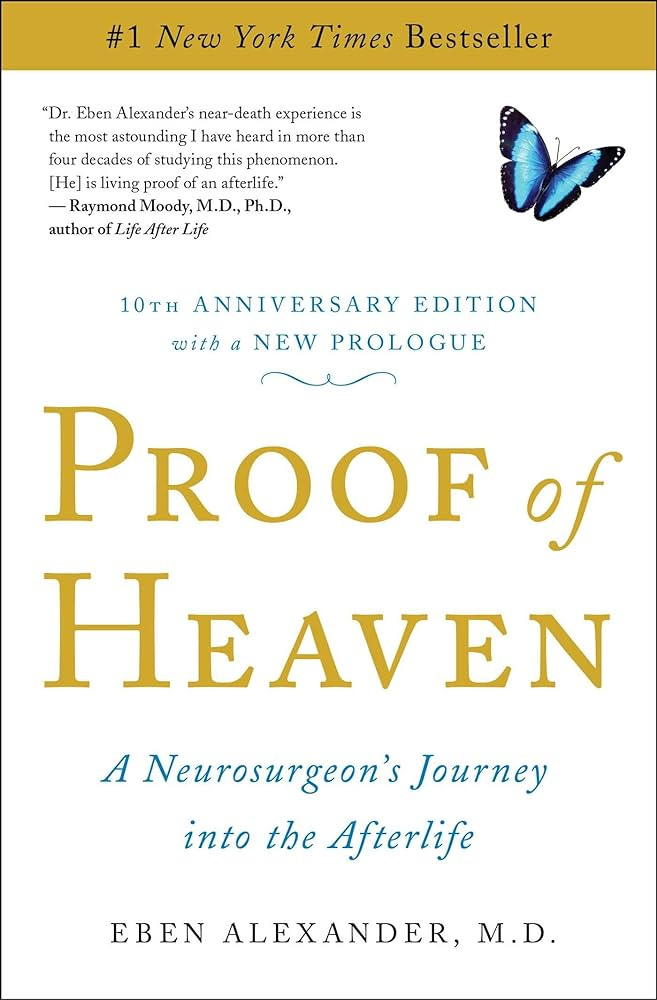
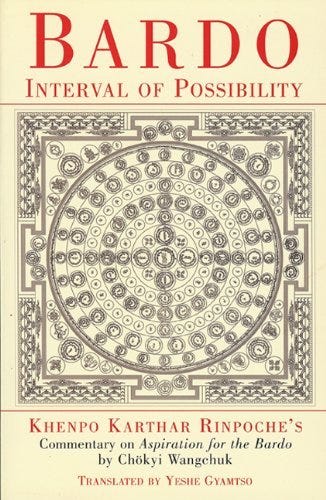
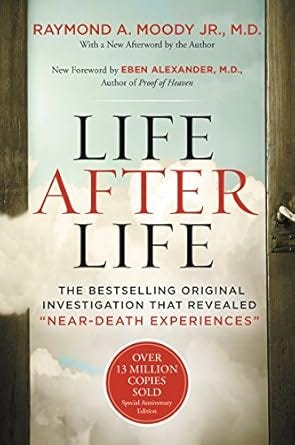
These stories are fascinating. I’m adding Bardo to my reading list!
I’ve always believed, but reading Dr. Bruce Greyson’s 2021 book provided so much more insight. It’s becoming difficult to deny how real it is.